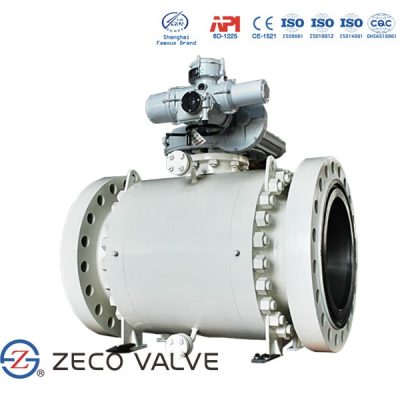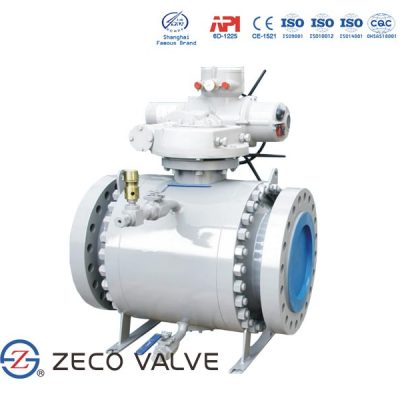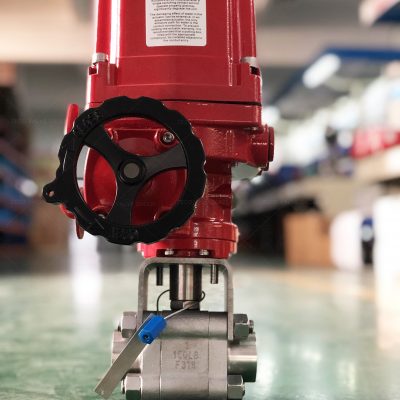What is an Electric Ball Valve?
Electric ball valves, also called a motorized ball valve, are used to control the flow of a media, liquid or gas, by means of a rotating ball with a bore. The rotating ball is controlled by an electric actuator that is capable of turning it. A ball valve is one of the most common valves due to their simple operation, reliability, long service life, and wide range of application uses.
How does an Electric Ball Valve work?
Electric actuated valves use electric actuators to drive them open and closed. Electric valve actuators typically convert high-speed low torque output motors into low-speed high rotary torque output that drives the valve via a gearbox.
Electric ball valves use part-turn rotary electric actuators because the working angle of a ball valve is typically 90 degrees, and are very popular as electric actuated ball valves can offer a cost-effective solution for valve automation. They are available in a wide range of materials, pressure classes and end connections.
Electric Ball Valve vs Manual Ball Valve
Motorized ball valves operate in a similar fashion as manual ball valves. A ball set in the body of the valve has a hole in the center which controls the flow. An open ball valve will have the bore/hole in line with the flow. Turning the ball perpendicular will close the valve and stop the flow of media. An electrically actuated ball valve has a motor that does the turning for you.
The main benefits of an actuated ball valve are programmability and convenience. At the flip of a switch, the valves can open and close without needing to physically be near the valve itself.
Advantages of Electric Ball Valves
- Work well with large volumes of flow
- Greater Cv value than solenoid valves
- Can be run in automated systems
- Affordable valve type
- Easy to install
- Lower operating costs than solenoid valves (does not require power once the ball is in the desired position)
- Not prone to burning out like solenoids
- Anti water hammer





